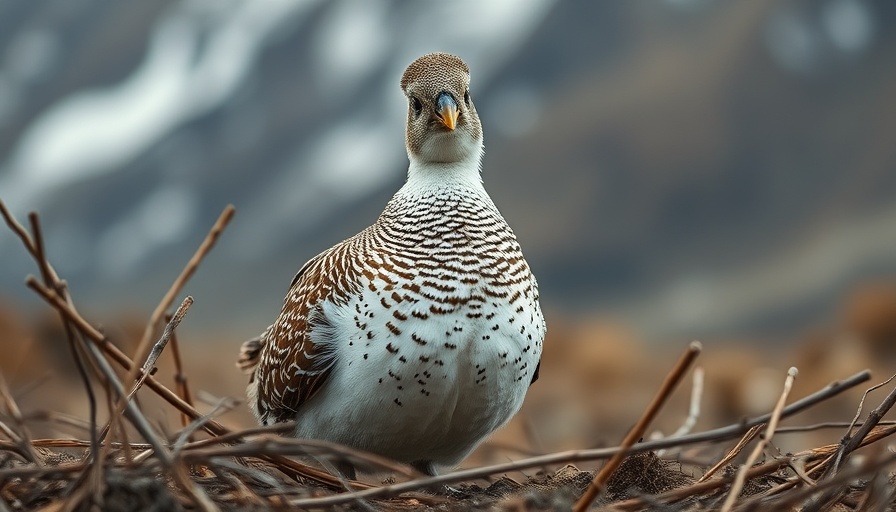
Survival Amidst Scarcity: How Desert Birds Flourish
The desert Southwest presents a harsh environment where summer temperatures can soar above 100 degrees Fahrenheit, and water sources are limited. Despite this challenging landscape, birds such as the Black-throated Sparrow and Cactus Wren manage to thrive. Their survival strategies are fascinating, as they do not consistently travel miles in search of water, but instead adapt uniquely to their surroundings.
Nature’s Ingenious Adaptations for Water Conservation
Desert birds exhibit remarkable physical adaptations that allow them to conserve water effectively. The Black-throated Sparrow, for instance, has highly efficient kidneys that enable it to excrete minimal liquids. This efficiency is vital, as it means they require very little direct water to survive. Additionally, they take refuge in shades during peak heat to avoid unnecessary water loss through panting.
Nourishing Mist: Obtaining Water from Food
One of the most remarkable aspects of these birds' survival is their ability to extract moisture from their diet. While they primarily consume seeds, the moisture content they derive from nectar, fruits, and insects often suffices, allowing them to go without drinking traditional water. This ability illustrates the intricate balance present in the desert ecosystem.
Joy in the Rain: Temporary Relief from Thunderstorms
Though these birds are well-adapted to arid conditions, they surely enjoy the occasional respite when thunderstorms roll through. The sight of puddling rainwater must be a joyous occasion for them, even as they rely on their cunning techniques to survive. The arrival of these storms brings not just moisture but a burst of life across the desert landscape.
Engaging with the Avian Community
Understanding how these extraordinary creatures obtain sustenance in harsh conditions invites us to appreciate the nuances of wildlife survival. As we observe their adaptations, we can deepen our connection with the natural world and inspire others to learn about avian life.
 Add Row
Add Row  Add
Add 




Write A Comment